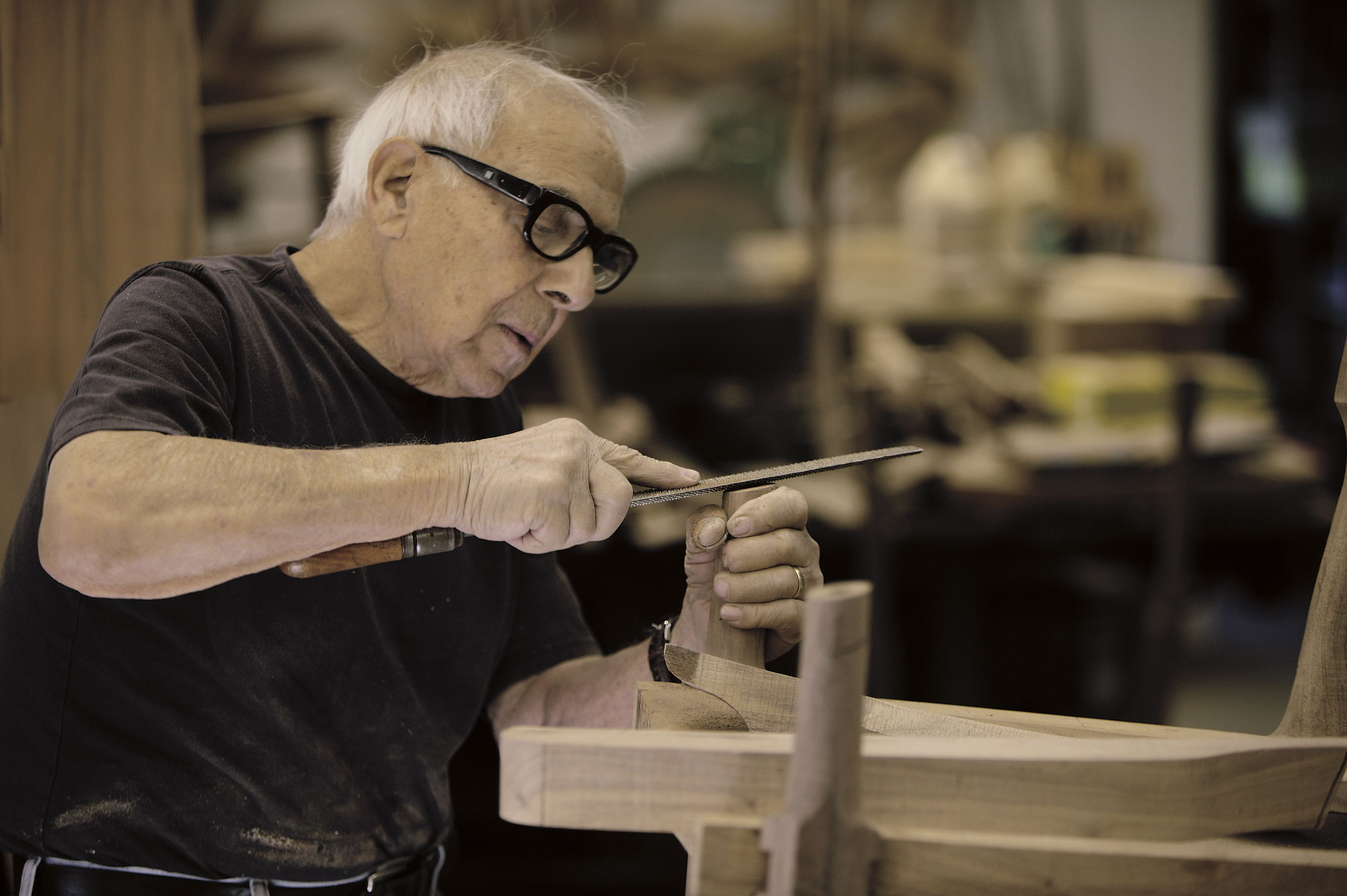
01 Sep Design Icon: Sam Maloof
MUCH HAS BEEN WRITTEN ABOUT LEGENDARY WOODWORKER SAM MALOOF: About his work, which has elevated the simple wooden chair to the sublime; about his generosity of spirit, which has nurtured two or three generations of craftsmen; about his uncompromising commitment to quality, which helped create and define today’s studio furniture movement; and about the extraordinary monument to his vision in the form of his homes, woodshop, gallery, gardens and art collections in southern California, which are open to the public, educating and inspiring 5,000 visitors a year.
These writings have taken the form of exhibition catalogs, awards, articles, documentaries and books, including his autobiography Sam Maloof, Woodworker. All attempt to do justice to the furniture — each piece so graceful, so timeless and so beautifully crafted — and to Maloof’s love of people. But only a visit to the Maloof Foundation, established to celebrate, support and encourage the arts and crafts, can convey a sense of the power of what Maloof has created during his more than nine decades.
A lemon grove with bamboo, redwoods, orange trees, oaks and walnuts — this drought resistant garden is maintained by six volunteer gardeners and overseen by Maloof’s wife, Beverly. Set at the foot of the San Gabriel Mountains, the two homes, bookstore, gallery, workshop, wood storage sheds and archival storage building showcase his extraordinary personal collection and reflect the man-as-artist in a way that nothing else could.
In addition to inviting contemporary artists to paint on his property and showcasing prominent artists’ works in his gallery, Maloof has collected literally hundreds of pieces made by other people, some close friends like famed potter Maria Martinez and painter Tony Abeyta, and some whose names he has forgotten. (“I don’t go by name,” he says. “I just buy what I like.”)
The historic home (moved to its present location by the state due to freeway construction through their former property) is now a museum. Designed by Maloof, it was added onto over the course of his life with his first wife, Alfreda. The rambling wood-and-glass structure, with its Japanese intonations, is filled with paintings, pueblo pottery, Navajo weavings, stained glass, turned wood vessels, family portraits, wood burning stoves, Maloof furniture and a stunning spiral staircase handcrafted of wood.
Surprises abound, such as the mahogany canoe hanging in an open galleried sitting room. Each of the myriad doors is a work of art, and features a unique closure system with handcarved wooden pegs. One room has irregular natural wood interior supports, each resting on a small boulder; a sitting room houses two antique carousel horses on brass poles set against a vivid orange-red wall. An antique school bell is mounted over the front door, to be rung on special occasions.
Maloof’s current residence, also on the property, where he lives with his current wife and partner, Beverly, picks up where the first home leaves off, with more pottery, paintings, sculptures, Indian weavings, beaded moccasins, intricate wooden whirligigs and a dramatic, sculptural wooden spiral staircase. Maloof woodwork is ubiquitous: casework in a bedroom, desks and tables in the study, massive coffee tables and a free-edge hall table in the living room and entry hall, dining tables in the kitchen, unique wooden-hinged music stands and reading stands and, everywhere, chairs: oversized armchairs, dining chairs, ottomans, benches and the iconic Maloof rocker. Both homes feature red brick flooring, another Maloof innovation. The bricks rest loose upon a layer of felt and move slightly underfoot. Says docent Cleo Bell Heiple-Tice, “Sam says they sing to him.”
Born in 1916 in southern California to parents who had emigrated from Lebanon, Maloof grew up during the height of the Depression. He was always good with his hands, he recalls. “I worked in wood when I was just a little boy. I was the only boy after six girls, so I was kind of spoiled, I think. I used my mothers’ best scissors to cut tin cans. I painted, I drew, but working in three dimensions was much more interesting to me than working in two dimensions.”
Maloof never had any formal art education, but even so landed art-related jobs at a young age. He worked for Harold Graham, a renowned industrial designer educated at the Bauhaus in Germany; for Millard Sheets, a prominent artist as well as director of the arts programs at both Claremont and Scripps colleges; and as a draftsman in the Army. When he met his first wife, Alfreda, an arts student at Scripps College who had been director of the arts and crafts department at the Indian School in Santa Fe, he found his muse and partner. They married within two months and remained married until her death half a century later.
Maloof had made furniture, first for his own apartment, and then for his and Freda’s first home. “When I started making furniture, I made it because we didn’t have any,” he explains. “I made it out of dunnage. I would walk along the railroad tracks and ask the depot manager if I could have the pieces I found.”
It wasn’t long before word got around: Prominent industrial designer Henry Dreyfuss asked Maloof to design a houseful of furniture. “I had almost no tools,” he recalls, “but I did almost all the furniture for that great big house.” Then an acquaintance of Dreyfuss’, a magazine editor at House Beautiful, asked to see some of the work in Maloof’s home, and his reputation grew from there. “One year it was in three different magazines. It was all word of mouth, and that’s the way it still is.”
Like most fine craftsmen, Maloof’s success didn’t come overnight. “If it weren’t for any other person but Freda, I wouldn’t be doing what I’m doing. We were both flat broke; her mother was an invalid and came to live with us the day we married. I was trying to make a living building furniture. We didn’t know where the next dollar was coming from. The arts are a difficult course to take. You can teach and know you’ll have a steady income, but I wanted to work in wood. Any other person would have said ‘Enough is enough!’ ”
Even at 92, with Beverly at his side, Maloof is still pointed resolutely forward, still bursting with new ideas. He’s still working on his home — “I’m going to tear out the kitchen … soon,” he says casually — just as he still works in his shop with his three longtime assistants every day.
“I still design everything that goes out of the shop,” he says. “There’s an awful lot of work that goes into a chair. There are hours of shaping and sanding. But the piece is only as good as the finished piece. A chair can be beautifully made and good to view, but if it does not sit well, it is a lousy chair. It has to be beautiful and accomplish what you want it to.”
Maloof’s iconic design, says southern California architect Kelly Sutherlin McLeod, “is very much of its time and yet timeless. It’s unsurpassed craftsmanship realizing the highest design sensibilities.”
McLeod and her husband, fellow architect Steve McLeod, are longtime collectors of Maloof’s work. “Sam is inspirational on many levels,” says Kelly. “As a collector who surrounds himself with beauty, as a mentor to many and a supporter of the arts, and as a person who loves what he does and, at the age of 92, continues to do what he loves every day of his life.”
Maloof has been showered with honorary doctorates, named a MacArthur Fellow, and showcased in a one-man exhibition at the Smithsonian’s Renwick Gallery, but for him it has always been simply about pursuing his passion for woodworking.
“I’ve been fortunate,” Maloof reflects. “The Fine Arts Museum in Boston has about 20 pieces of mine; the Metropolitan has four. The crafts museum in New York has a bunch. Just about every museum in the country has a piece of mine. But I did it because I liked to work in wood. I never once thought, “Boy, I’d like to make it big.’ ”
Chase Reynolds Ewald is the author of six books on food, interiors and craftsmanship. Her most recent publication, New West Cuisine, with Amy Jo Sheppard and Audrey Hall, celebrates fresh western flavors in the northern Rockies. She’s currently at work, with photographer Audrey Hall, on a book showcasing architecture and interiors in the Mountain West. She lives with her husband and four daughters in northern California.
- The Sam and Freda Maloof Foundation for Arts and Crafts shares a 7-acre property with Maloof’s current home in southern California. His original home, now listed on the National Register of Historic Places, is filled with striking examples of Maloof’s artisanship, such as furniture, stained glass, a spiral staircase made entirely of wood, and a variety of unique handmade door fastenings throughout. Nestled at the base of the San Gabriel Mountains, the property is home to bamboo, redwoods, lemon and orange trees, and oaks and walnuts, and drought-resistant native plants. The historic home, art gallery, and gardens are open to the public for tours.
- Both of the artist’s homes are showcases, not just for his own work, but for his collection of thousands of pieces of art: paintings, sculpture, ceramics, weavings, carvings, pueblo pottery, photographs and wood vessels. “I don’t buy it unless I like it,” Maloof says. “The most fun is finding new people. I don’t go by name; I just buy what I like.” His collection does, however include the work of many renowned artists such as Maria Martinez, Millard Sheets, Tony Abeyta, Kay Sekimachi and Bob Stocksdale.
- Master woodworker Sam Maloof is one of the leaders of the Calfornia Arts and Crafts movement, and an inspiration to studio furniture makers everywhere. At age 92, Maloof still spends time in his workshop every day, and still designs every piece of furniture that goes out the door. His iconic rocking chair is a masterpiece of sculptural grace and functionality.






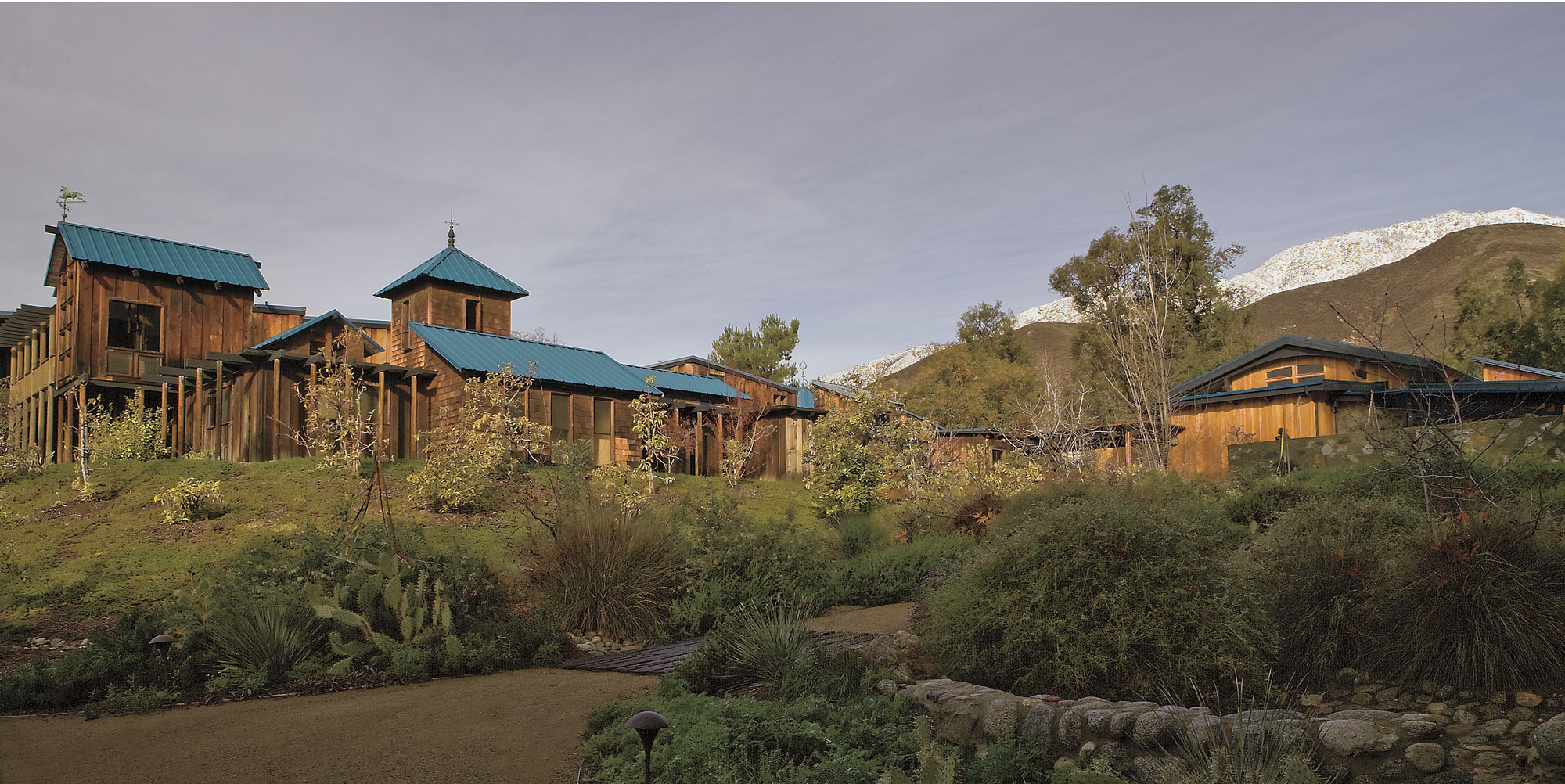
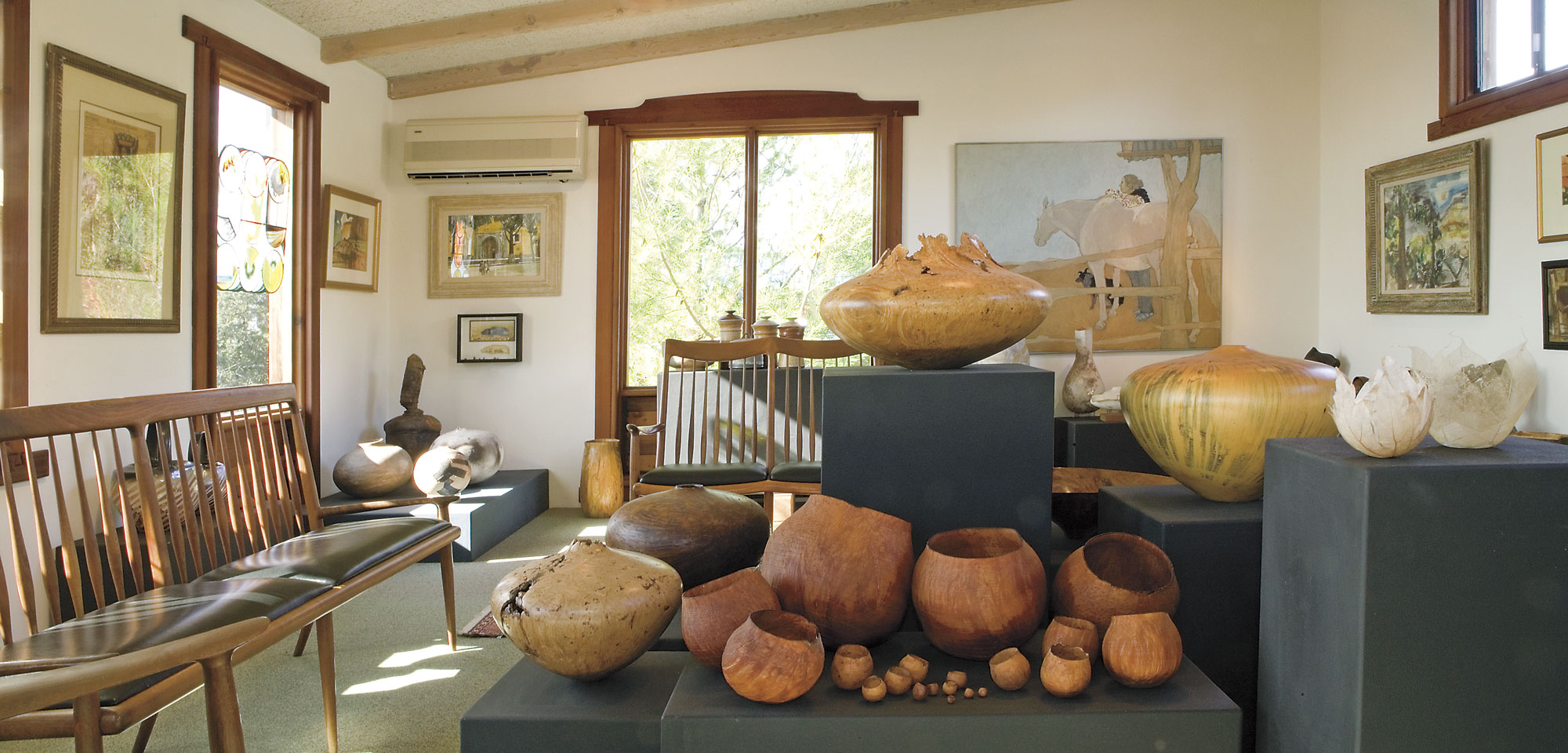


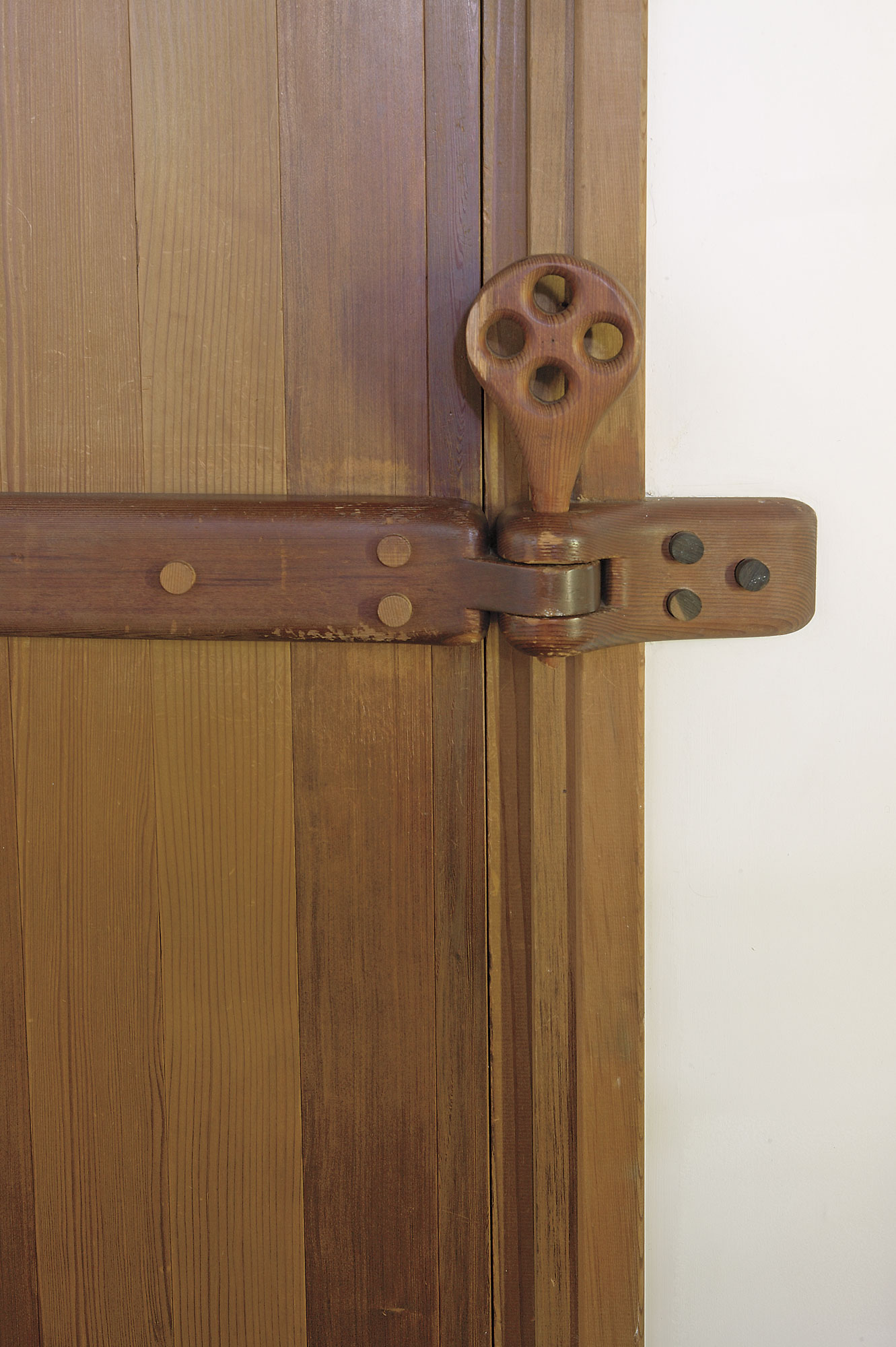
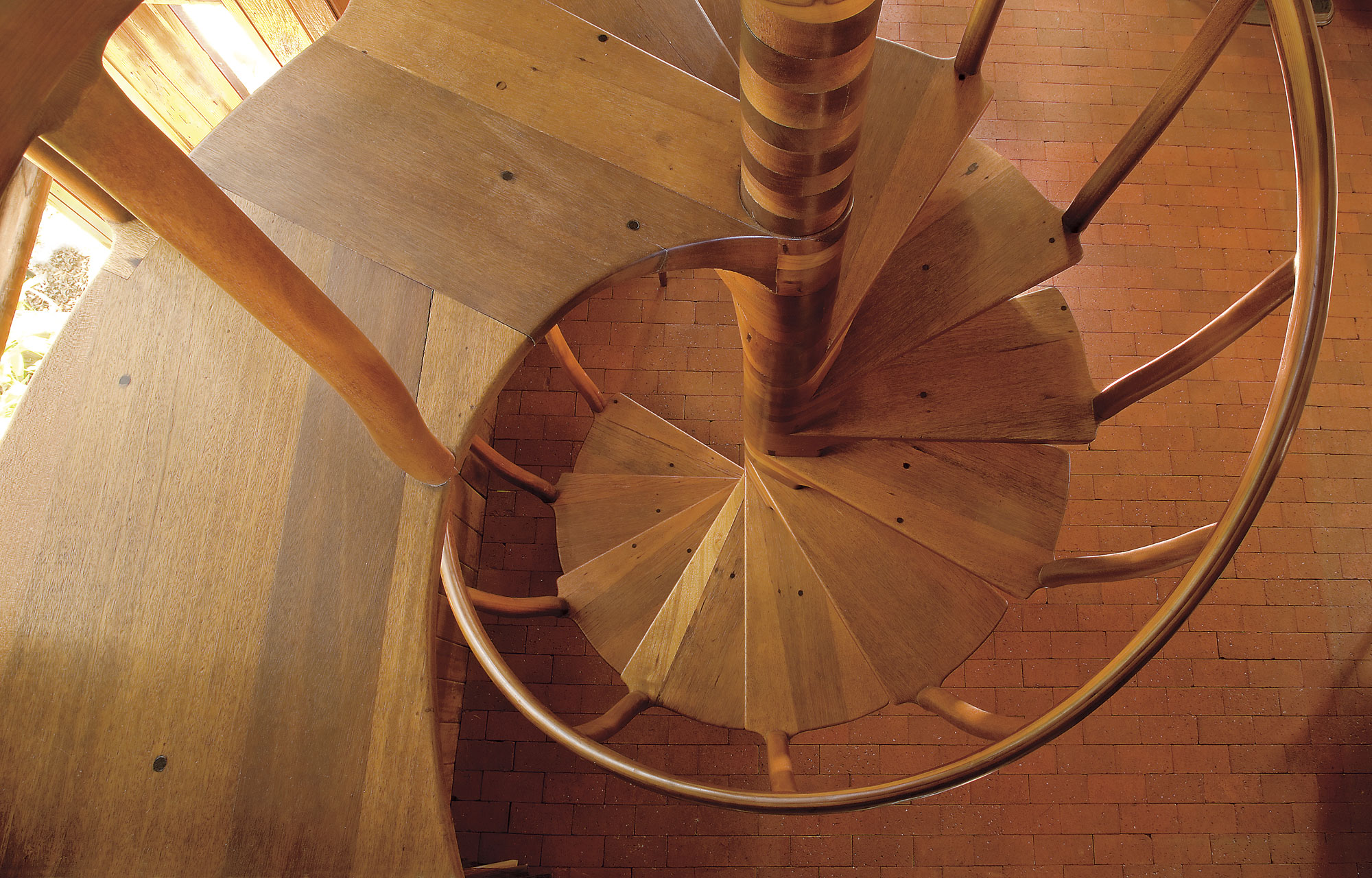
No Comments